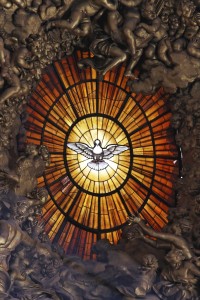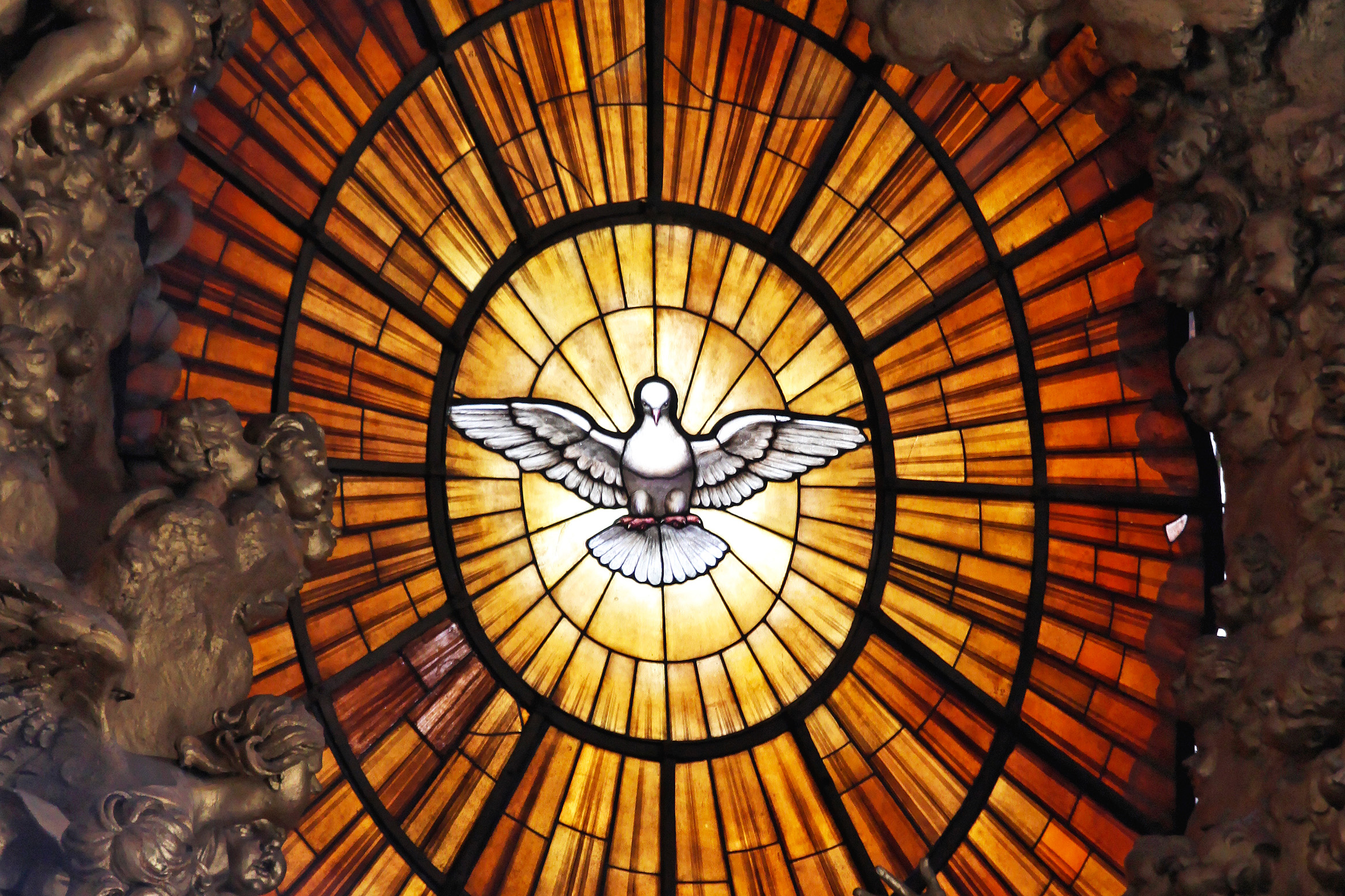 There are several Feasts of the Church wherein a “sequence” hymn may be sung. The sequence hymn is sung Just before the the Alleluia (Gospel acclamation). The feasts with sequence hymns are these:
There are several Feasts of the Church wherein a “sequence” hymn may be sung. The sequence hymn is sung Just before the the Alleluia (Gospel acclamation). The feasts with sequence hymns are these:
- Easter – Victimae Paschali Laudes (To the Paschal Victim give praise)
- Pentecost – Veni Sancte Spiritus (Come Holy Spirit)
- Corpus Christi – Lauda Sion (Praise O Sion)
- Our Lady of Sorrows – Stabat Mater (Stood the Mother sad and weeping)
- All Souls – Dies Irae (Day of Wrath)
Too many parishes simply omit the sequence hymn. But, for my money, they ought to be sung. Especially the ones that occur on Sunday. (I’ll admit that the Lauda Sion is rather long).
Most Sequence Hymns were written in the Middle ages and were sung just before the Gospel as the clergy processed to the place of Gospel. Sometimes, in larger churches, the Gospel was chanted midway down the nave so it could be heard, and these hymns, for special feasts helped fill the time of that procession. Many prominent feasts of the Church began to have these hymns composed in the period of the 11th- 13th Centuries.
However, after the Council of Trent, in the Missal of Pius V (published 1570), the number of sequences was reduced to four: Victimae paschali laudes sung at Easter, Veni Sancte Spiritus for Pentecost, Lauda Sion Salvatorem sung at Corpus Christi, and the Dies Irae for All Souls and in Masses for the Dead. In the 1700s Stabat Mater for the feast of Our Lady of Sorrows was added to this list. Later in the early 70s the Dies Irae was removed from the Requiem Mass of the revised Roman Missal and restored in the Liturgy of the Hours as an Advent hymn, which it originally was. It can still be sung on the Feast of All Souls. And thus we have the list we see above.
Since Pentecost has just passed we ought to sample the sequence hymn for Pentecost: Veni Sancte Spiritus.
The Hymn was likely written by Pope Innocent III (1161-1216). Written in Trachaic dimeter (catalectic), it is widely regard as one of the masterpieces of sacred Latin poetry. It was obviously written by one who had experienced many sorrows but also consolations in those sorrows. The rhyme in this hymn is quite rich and complex. Lines 1 & 2 always rhyme and the third line of every verse ends in “ium”
The sung version of this hymn is gorgeous and soaring. It starts subtly and then builds through the center with soaring notes. It sets us down gently at the end.
Here is the Latin text and a translation of my own, (fairly literal).
| VENI, Sancte Spiritus, et emitte caelitus lucis tuae radium. |
COME, Holy Spirit, send forth from heaven the rays of thy light |
| Veni, pater pauperum, veni, dator munerum veni, lumen cordium. |
Come, Father of the poor; Come, giver of gifts, Come, light of [our] hearts. |
| Consolator optime, dulcis hospes animae, dulce refrigerium. |
Oh best Comforter, Sweet guest of the soul, Sweet refreshment. |
| In labore requies, in aestu temperies in fletu solatium. |
In Labor rest in the heat, moderation; in tears, solace. |
| O lux beatissima, reple cordis intima tuorum fidelium. |
O most blessed Light fill the inmost heart of thy faithful. |
| Sine tuo numine, nihil est in homine, nihil est innoxium. |
Without your spirit, nothing is in man, nothing that is harmless |
| Lava quod est sordidum, riga quod est aridum, sana quod est saucium. |
Wash that which is sordid water that which is dry, heal that which is wounded. |
| Flecte quod est rigidum, fove quod est frigidum, rege quod est devium. |
Make flexible that which is rigid, warm that which is cold, rule that which is deviant. |
| Da tuis fidelibus, in te confidentibus, sacrum septenarium. |
Give to thy faithful, who trust in thee the sevenfold gifts. |
| Da virtutis meritum, da salutis exitum, da perenne gaudium, Amen, Alleluia. |
Grant to us the merit of virtue, Grant salvation at our going forth, Grant eternal joy. Amen. Alleluia. |
Here is the traditional Gregorian Chant of this sequence. Enjoy this little masterpiece:
And here is a rather nice modern version of the same text:


Why would I ever want to leave this beautiful time of prayer and song sitting in the quiet of my room and venture forth into the world? Yet it’s what it is all about isn’t it? Come Holy Spirit..enlighten, guard, strengthen and console me.
Thank you for this informative post. Sometime in the Middle Ages, this great hymn became known as the “Golden Sequence” for its rich poetry.
So beautiful is it that, like the Easter sequence and its octave, it is said or sung every day of the Pentecost octave in the traditional Latin Mass, from Pentecost Sunday through Pentecost Saturday inclusive. This rare hymn about the Holy Ghost leads up to, not coincidentally, Trinity Sunday on the octave day.
Very beautiful. Thanks, Monsignor Pope.